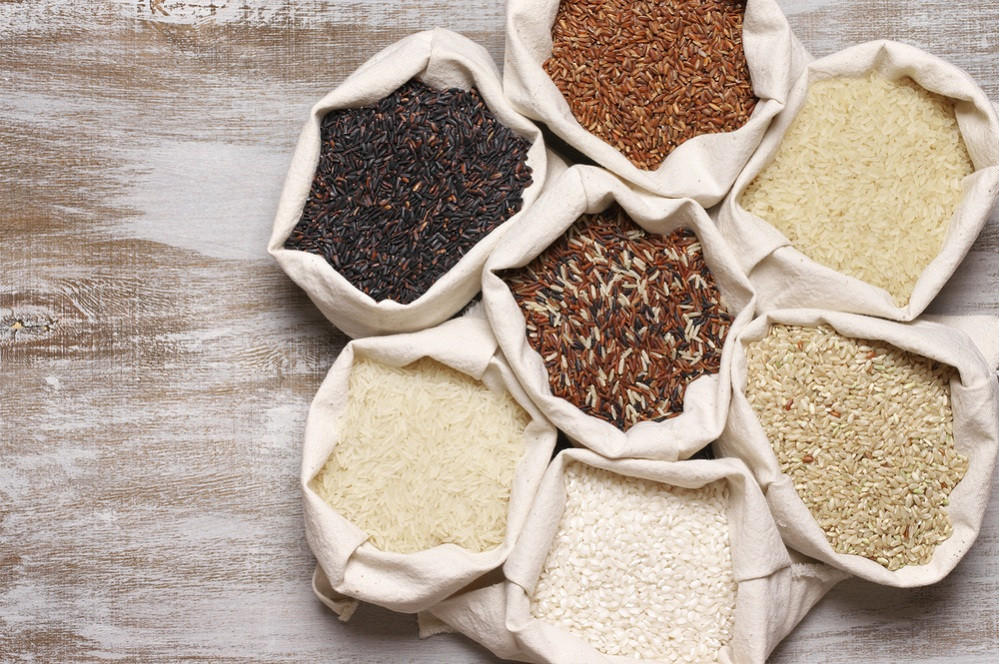Popular Reads
Top Results
Can't find what you're looking for?
View all search resultsPopular Reads
Top Results
Can't find what you're looking for?
View all search resultsBrown or white? What to know about different types of rice
Here are some types of popular rice and how they can affect your health.
Change text size
Gift Premium Articles
to Anyone
F
or those who have ever wondered about the differences between white rice and other types like brown and black rice, here are descriptions of some types of popular rice and how they can affect your health, as compiled by Today.com.
Brown rice
Given its name by its color, brown rice contains all three essential and unprocessed components of the original grain: the bran, germ and endosperm.
Due to its nutty taste and chewy texture it works well with hearty grain bowls or roasted veggies. It may take a little longer to cook, but you will feel fuller longer because of the higher fiber content. Do note, however, that you should not use brown rice for puddings or risotto.
Black rice
The so-called forbidden rice maintains a lot of its nutritional value. Fibers, vitamins and minerals make it a healthy choice for dishes like desserts and puddings. The texture is creamy and like the brown rice it has a slightly nutty flavor.
Read also: Healthy white rice may soon be on the menu
Good to know: Like blackberries, the rice got its black color pigment from a plant phytochemical called anthocyanins, which is filled with antioxidants.
Wild rice
Surprisingly, wild rice is not actually rice. "It´s the seeds of edible grasses found in North America,” said Madelyn Fernstrom, NBC News' health and nutrition editor.
Often mixed with brown or white rice, it is a healthy choice since it provides more zinc, folic acid and vitamin E than brown rice. According for Fernstrom, one cup of wild rice has about 50 fewer calories than brown rice.
Because of its hard texture it holds up well when sauced and is perfect for salads, pilafs, or other sides.
White rice
Compared to other rice varieties it is the least nutritious one, but still versatile. Often steamed for Asian dishes, white rice is good for fried rice, jambalaya, or creamy Italian risottos. Jasmin rice, for instance, is the perfect base for dishes with rich and savory sauces.
According to Harvard's Nutrition Source, the majority of the grain´s B vitamins, minerals and fibers are removed. However, if the rice is “enriched” the B vitamins and iron have been added back in.
"If fiber and whole grains are consumed from other foods [such as] whole wheat bread, fiber rich fruits and veggies, then white rice can be incorporated into a healthy diet," Fernstrom explained. (sop/kes)











